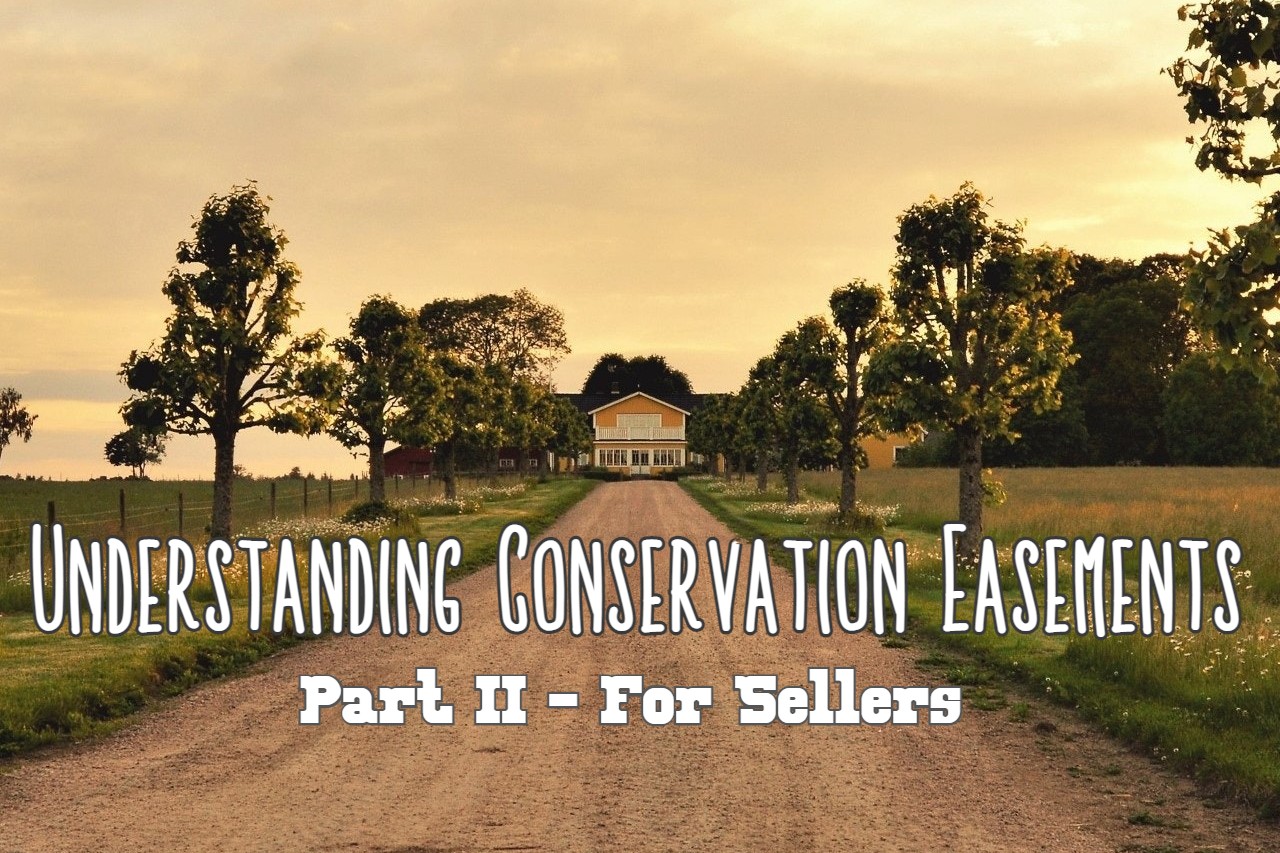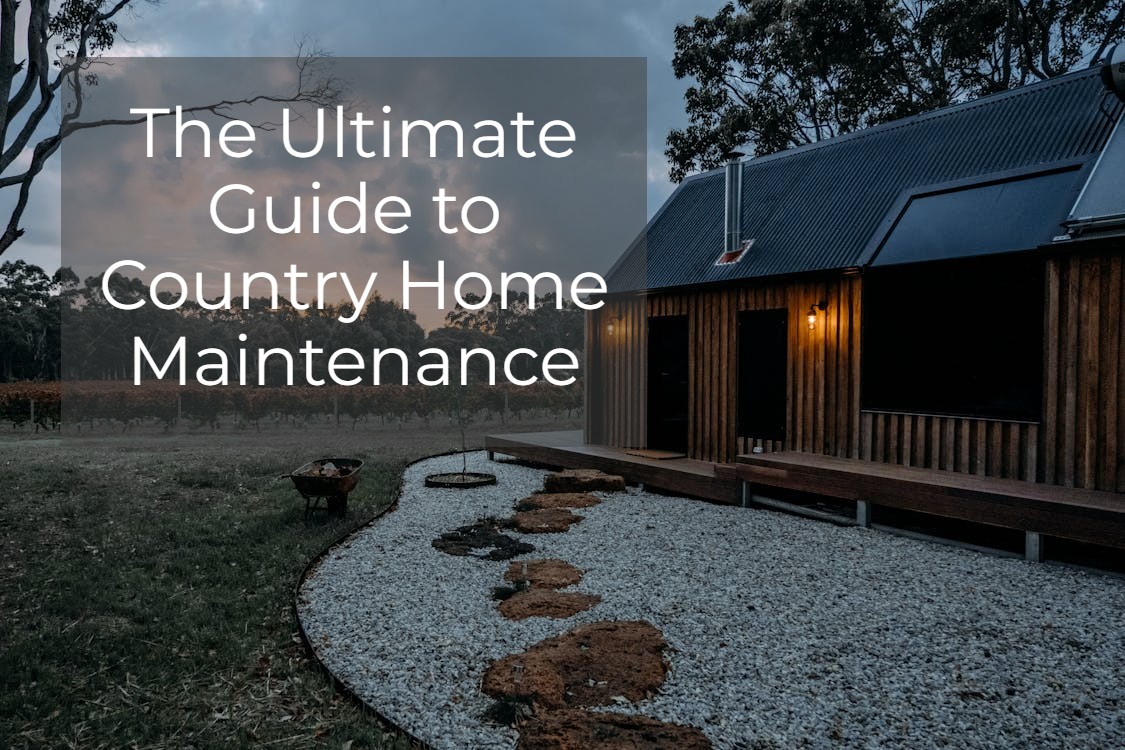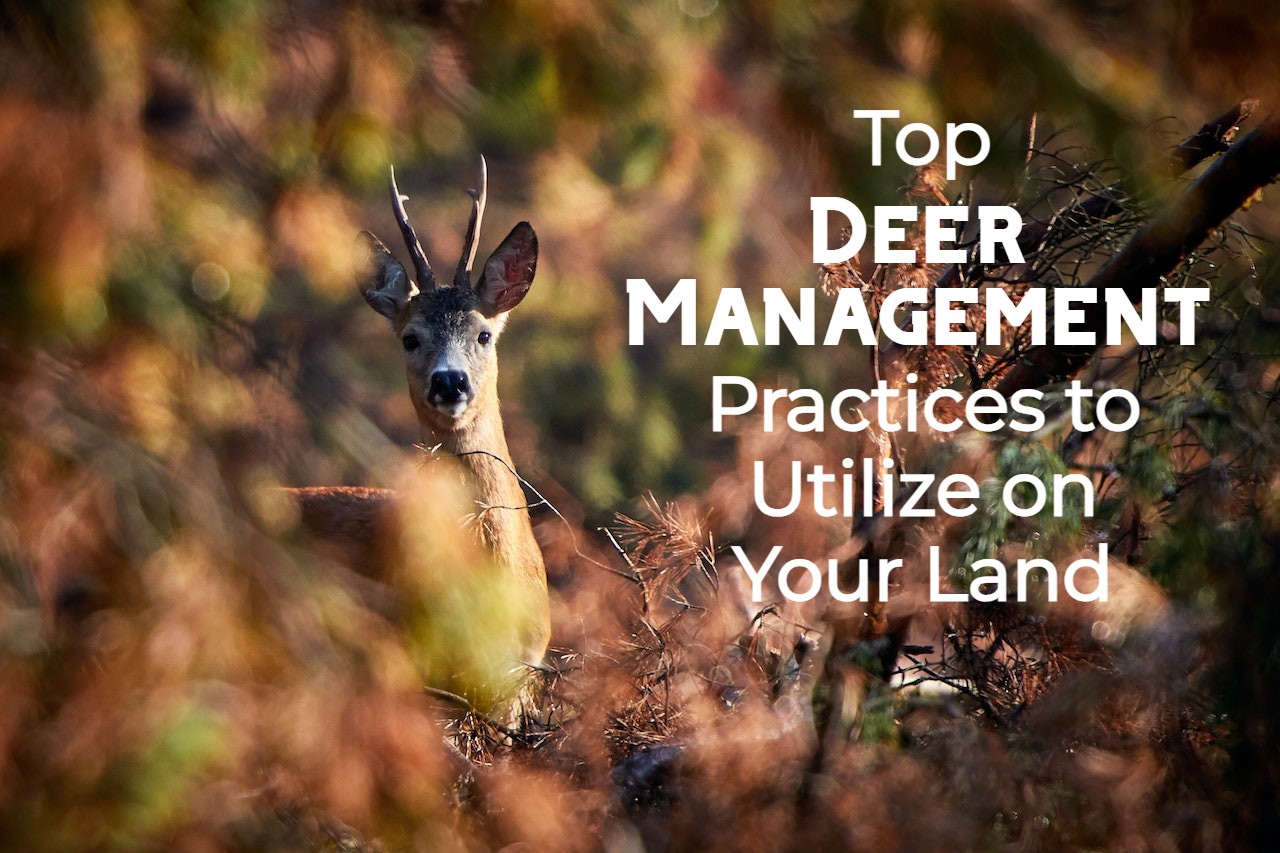Understanding Conservation Easements Part II – For Sellers
Originally posted on Michigan-LandForSale.com – reprinted with permission.
For many of the land owners we work with, their property is so much more than just real estate. It may be the land where you or your children grew up. It could be where you learned to identify wildlife, hunt, become one with nature, and even grow the food you put on your table or sell as your livelihood.
If you’re considering selling, but are concerned about protecting the land from future development, a conservation easement agreement may be right for you. These agreements allow you to sell the property or pass it along to family with stipulations on how the land can be used.
The State of Michigan defines a conservation easement as:
A conservation easement is a voluntary, legally recorded agreement between a landowner and the State of Michigan that restricts land to agricultural and open space uses. The easement prohibits or limits any subdivision, development, or any activity that would diminish the property’s agricultural or open space value.
In other words, a conservation easement is a voluntary agreement that permanently limits the use of the land to protect its conservation values.
A conservation easement is typically created with a non-profit land trust or conservancy, and offers a lot of flexibility to you as the creator. You are able to set up the easement on all or part of your land, and set the limits on what can and cannot be done with the land. Whether you want to protect marshland or forests as a wildlife habitat, scenic or open space for use by the public, prime farmland from residential development, or an area of historical significance for future generations, you have the ability to limit the use of the land. You can also leave certain uses available, such as farming, harvesting timber or recreation.
If the current owner or a subsequent generation chooses to sell land, it’s important for prospective buyers to understand that all easement restrictions remain in place and will continue to be monitored and enforced by the conservancy. The original agreement is perpetual and binding to all future owners.
There are some pro’s and con’s to know about when creating a conservation easement on your land.
Beyond protecting and preserving the land you love, many of the pro’s of a conservation easement are financial:
- Income Tax Deduction: When you get ready to sell, you will need to hire an appraiser to create a two part appraisal for you – creating one value for the property at its highest & best use, excluding the conservation easement limitations, and another value taking those restrictions into the consideration. The difference between those two values is considered a charitable donation for your personal federal income taxes, currently up to 30% of your adjusted gross income. If you do not use the entire value of the donation in the first year, you are able to carry the excess forward and deduct it (with the 30% limit) for up to fifteen additional years.
- Estate Tax Exclusion: Unfortunately, when the next generation inherits family-owned land, too often they have to split up and sell a portion of the property in order to pay estate taxes. A conservation easement donor is eligible for an exclusion from estate tax of up to $500,000.
- Property Tax: Once a conservation easement is put into place the property tax is capped (excluding buildings). That means that when the property is sold or transferred to the next generation the property tax will not uncap or “pop-up” based on the new SEV.
There are cons to be aware of as well. It’s important to know that not everyone will be able to take advantage of a conservation easement on their land.
You must meet one of these four categories from a financial standpoint.
The following is found in the IRS Code, Section 1.170A-14(d).
- You are preserving a relatively natural habitat of wildlife, fish, or plants
- You wish to preserve forests or agricultural lands that have open spaces
- You want to allow public access to a portion of your land
- You are protecting the property in response to a clearly delineated government policy that is identified in local open-space plans
Generally, conservation easements must provide some type of public benefits
“Public benefits” include water quality, farm and ranchland preservation, scenic views, wildlife habitat, protecting endangered species, outdoor recreation, education, and historic preservation.
One last note – do your homework and choose your land trust carefully. For every amazing land trust out there that will be caring conservators of your property, there are also equally awful land trusts that may be inflexible or confrontational. Make sure you find a land trust that is looking to create a mutually beneficial relationship.
Michigan Lifestyle Properties is a premier organization that specializes in this type of land transaction. If you’re interested in learning more about conservation easements from an expert in land conservation with over 15 years’ experience, contact our agent Emily Wilke, who has assisted in the conservation of over 7,000 acres across southwest Michigan. She is one of many agents with Michigan Lifestyle Properties that offers an expertise in conservation, biology & environmental studies, conveyances, land contracts and natural resources.










